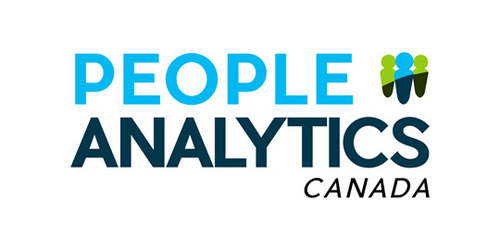
The People Analytics Summit in Toronto is fast-approaching. Ahead of the Nov 2-3 event, we got a chance to interview one of the awesome speakers, Kimberley Snage, Director, HR Projects, Technology & Analytics at the University of Waterloo.
Tell us about yourself – your company and your role
With more than 18 years of experience, my background spans diverse industries in both the public and private sector, leading technology, enterprise change, consulting and analytical functions.
I’m the Director of HR Projects Technology & Analytics at the University of Waterloo. I direct all activities related to HR technologies, analytics, and continuous improvement initiatives while providing oversight to ensure the completion of all projects defined in HR’s business plan. This includes the design and build of an evidence-based analytics platform.
I have been with the University of Waterloo for just over 5 years. The University of Waterloo is ranked as Canada’s most innovative University with more than 36,000 students and is home to the world’s largest co-operative education system of its kind. Waterloo’s unmatched entrepreneurial culture, combined with an intensive focus on research, powers one of the top innovation hubs in the world.
There’s an enormous amount of investment going into the tech scene in Southern Ontario at the moment. Why is Toronto’s business tech sector booming?
Mobile apps, cloud-based technologies, and best-of-breed solutions are growing at an exponential rate and challenging typical ERP system thinking. The rapid development of middleware providers presents an opportunity for HR and technology leaders to easily integrate multiple platforms from disparate vendors. This development allows HR and business intelligence vendors to create additional products, knowing that organizations are no longer exclusively focusing on one all-encompassing solution to meet their needs.
What’s changing in talent analytics?
HR analytics is becoming a burning platform and a top priority for HR leaders and executives as the data provides insights that can support the resolution of key business problems which is critical in today’s competitive landscape with shrinking talent pools. Data has transitioned from becoming reactive, and looking at the past, to predictive and prescriptive. There is a shift – leaders no longer want to necessarily know how many people left the organization and why, they want to know who may be the next to leave, who is at the greatest risk of leaving and what can be done to retain them.
Data science is becoming more prevalent within people analytics to support the predictive and prescriptive needs of businesses. This change is resulting in the evolution of skills needed to support more mature people analytics models.
Tell us how machine learning and AI is opening up new channels to understand the world of work.
This is a topic that I am just beginning to investigate more thoroughly by following thought leaders who specialize in AI. I think it will open up so many doors and enable us to understand patterns and commonalities in structured and unstructured data that tells stories we have never had access to before.
Which HR analysts and thought leaders do you follow and why?
Three thought leaders I follow almost daily include Josh Bersin (Bersin & Associates), John Pensom (PeopleInsight) and David Green (IBM). Each of these leaders brings a diverse perspective to people analytics, ranging from AI and data science to analytical tools and broadly based HR transformation.
How can our readers learn more about you?
I post regularly on a variety of social media platforms, including LinkedIn (kimberleysnage) and Twitter (kimsnage) and am always happy to connect!

